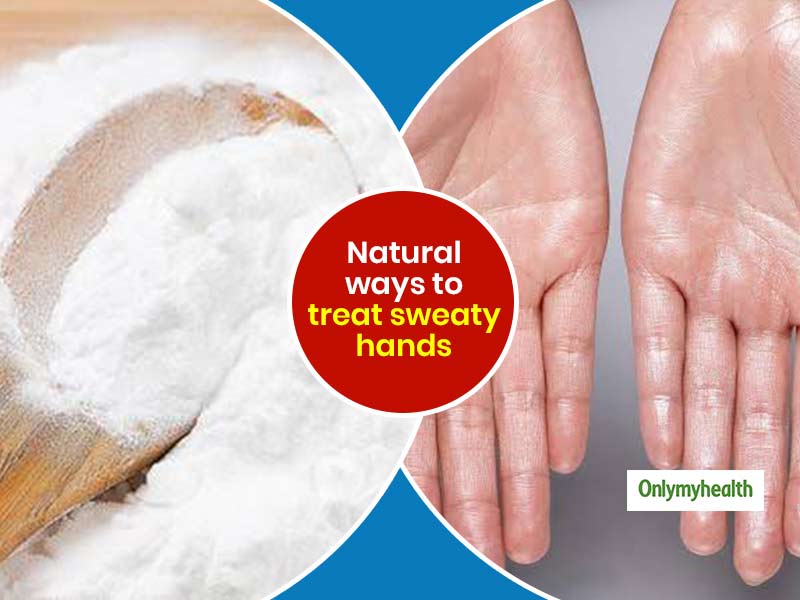Unveiling the Intricacies of Excessive Sweating: A Comprehensive Overview to Diagnosis and Administration
Excessive sweating, medically understood as hyperhidrosis, is a problem that impacts a significant number of individuals and can have a profound influence on their top quality of life. While sweating is a natural bodily function, its overactivity in hyperhidrosis provides a special collection of obstacles that typically go beyond mere discomfort.

Recognizing Hyperhidrosis Causes
Hyperhidrosis causes can be connected to various elements such as genetics, hormonal discrepancies, and particular medical conditions. Genetics play a significant duty in primary focal hyperhidrosis, where individuals acquire the condition from their member of the family. This kind of hyperhidrosis commonly materializes in specific areas like the palms, soles of the feet, underarms, and face. Hormonal discrepancies, particularly an over active thyroid gland or menopausal changes, can also trigger extreme sweating. Additionally, certain medical conditions such as diabetic issues, heart illness, and infections can bring about additional generalised hyperhidrosis. These underlying wellness concerns can interfere with the body's all-natural air conditioning system, causing the sweat glands to come to be overactive. Comprehending the origin causes of hyperhidrosis is important in identifying and properly handling this condition. By recognizing the specific aspects adding to extreme sweating, doctor can customize therapy plans to deal with the underlying reason, offering alleviation and boosting the lifestyle for individuals impacted by hyperhidrosis.
Identifying Hyperhidrosis Effects

Moreover, hyperhidrosis signs and symptoms might show up in social and psychological distress, as individuals may feel embarrassed or anxious concerning their sweating, causing avoidance of social circumstances (Treatment for hyperhydrosis of hands and feet). In addition, repeated episodes of too much sweating can lead to skin maceration, fungal infections, and a general decline in self-worth
Diagnostic Process for Hyperhidrosis
Initiating the diagnostic process for too much sweating entails complete analysis of the individual's clinical background and physical exam. Asking regarding the onset, period, and activates of sweating episodes is essential to set apart between key focal hyperhidrosis and secondary generalized hyperhidrosis. Clinical history should also consist of concerns about medicines, clinical conditions, and family history of hyperhidrosis.
During the health examination, certain focus is paid to the locations impacted by sweating. The healthcare provider might assess the level of sweating, check for indicators of underlying conditions, and assess the influence of sweating on the individual's high quality of life. In addition, particular tests like the gravimetric examination, starch-iodine test, or skin conductance measurements might be performed to quantify the amount of sweat produced.
In addition, in situations where additional hyperhidrosis is thought, added examinations such as blood examinations, urine examinations, and imaging studies might be suggested to recognize the underlying reason for excessive sweating. The analysis procedure aims to precisely identify the kind and cause of hyperhidrosis to assist suitable monitoring approaches.
Treatment Options for Hyperhidrosis
When addressing too much sweating, various therapy alternatives are offered to alleviate symptoms and enhance the person's lifestyle. The therapy method for hyperhidrosis relies on the severity of symptoms and the patient's response to first therapies.
Topical treatments, such as aluminum-based antiperspirants, are commonly suggested as the initial line of protection for taking care of light situations of hyperhidrosis. For people with more extreme symptoms, dental medicines like anticholinergics might be recommended to help decrease sweating.

Effective Management Approaches
To efficiently manage hyperhidrosis, a comprehensive and personalized therapy strategy customized to the individual's specific requirements and reaction to previous treatments is vital. Iontophoresis, entailing the use of a reduced electrical present to reduce sweat gland task, can be advantageous for both palmoplantar and axillary hyperhidrosis. A multidisciplinary method including skin doctors, key treatment physicians, and, if necessary, specialists, can enhance the administration of hyperhidrosis.
Verdict
Finally, hyperhidrosis is a problem characterized by too much sweating, which can significantly affect an individual's lifestyle. By understanding the causes, acknowledging the check my source symptoms, and undertaking the diagnostic procedure, health care carriers can properly manage this condition. Treatment options consist of topical medicines, oral medicines, injections, and also surgical treatments in severe cases. With appropriate diagnosis and monitoring techniques, individuals experiencing hyperhidrosis can find alleviation and boost their general health.
Too much sweating, medically understood as hyperhidrosis, is a condition that affects a significant number of people and can have an extensive effect on their top quality of life. By recognizing the specific aspects contributing to too much sweating, health care carriers can customize treatment strategies to attend to why not try these out the underlying reason, providing alleviation and enhancing the top quality of life for individuals influenced by hyperhidrosis.
Hyperhidrosis, defined by additional hints extreme sweating beyond what is required for managing body temperature, can dramatically influence an individual's top quality of life. Inquiring about the beginning, period, and causes of sweating episodes is vital to differentiate in between main focal hyperhidrosis and secondary generalised hyperhidrosis. Treatment for hyperhydrosis of hands and feet.In conclusion, hyperhidrosis is a condition identified by too much sweating, which can considerably influence a person's top quality of life